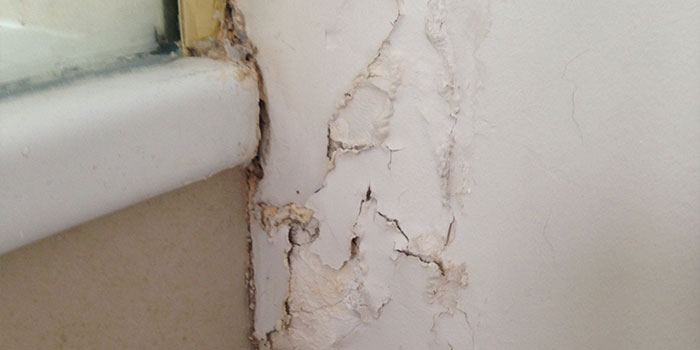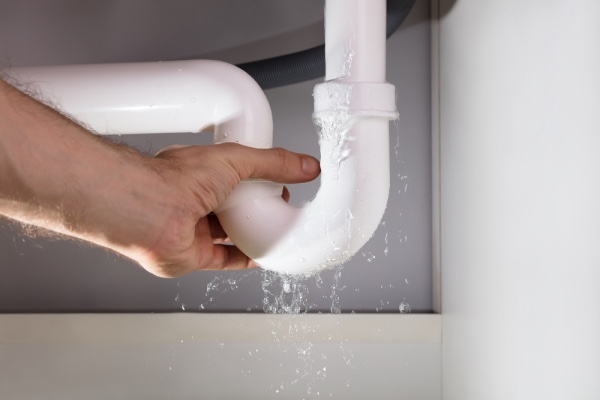Identifying and Resolving Bath Water Leaks: Useful Guidance
Identifying and Resolving Bath Water Leaks: Useful Guidance
Blog Article
This post down below about How to Check for Bathroom Leaks is really compelling. Give it a go and draw your own personal conclusions.

Bathroom leaks are annoying as they interrupt your day's strategy. They vary in intensity relying on the resource of the leakage. You must prioritize them, as they can promptly get worse. It is an alleviation that most bathroom leaks are very easy to detect and take care of, with minimal expense ramifications.
Having a water leak in restroom can be difficult to the house owner. The post serves as a "initial help" when you require an emergency reaction to a water leak in restroom.
Discovery and also Repair Work of Water Leakage in Bathroom
Water leakage in restroom generally arises from plumbing and pipe faults. There are a number of types of shower room leaks. You might need a basic expertise of these leak kinds to identify the water leakage in shower room. Here are the typical bathroom leakages and take care of tips:
Clogged Shower Room Sinks
Sometimes, the water leak in shower room arises from sink obstructions. This is frequently an annoyance to home owners and may be unpleasant. Blockages may result from the accumulation of soap scum, hair bits, or debris that block the drain. It is easy to take care of blockages, as well as you may not need professional skills.
What to Do
You can make use of a drain serpent to remove the debris in the drainpipe and allow the stagnant water circulation. Drain cleansers are additionally available in stores and also are easy to use. A plunger is likewise valuable in removing your drainpipe. It is a common home device and is available in convenient in clearing aggravating obstructions in sinks and drains.
Commode Leaks
Occasionally, water leakages from the bathroom and pools around the toilet base. It is an eye sore in the shower room as well as needs prompt attention. Occasionally, it arises from a loosened link in between the commode and also the storage tank. This triggers water to leak from the cistern to the flooring. It might also arise from splits in the toilet bowl or a malfunctioning shut-off valve.
What to Do
You just need to tighten them if there are loose screws between the cistern as well as toilet. In some cases you might require to reapply wax on the gasket or contact a washroom leakage specialist to change used or damaged components.
Dash Leaks
These commonly arise from water splashing on the restroom floor from the bath tub. It issues of using a bad shower curtain or used tub cellular lining. It damages the bathroom flooring and might trigger rot to wooden floorings and shower room doors. The water generally swimming pools around the bathtub or shower. This may cause worse restroom damages without punctual handling.
What to Do
If the leakage has actually harmed the shower room flooring or door, you might need to alter these to stop additional damage. The good information is that you can include a plumbing professional to help with the bathroom repair.
Conclusion
Water leaks in the shower room are preventable occasions in the home. Maintenance and routine checks help to keep whatever in great shape. You can never ever be as well cautious, as well as these events still occur. When they do, fix them promptly, or involve the solutions of an expert.
The post serves as a "initial aid" when you need an emergency situation reaction to a water leakage in bathroom.
Water leak in restroom frequently results from pipes and also pipeline mistakes. You might require a basic understanding of these leak types to find the water leakage in shower room. Often, the water leakage in shower room results from sink blockages. It damages the bathroom flooring and also might trigger rot to wooden floors and also washroom doors.
Signs That You Have a Water Leak in Your Bathroom
Puddles and Damp Patches
Water that’s appearing unexpectedly is a bad sign. If you’ve not taken a bath or shower, yet water’s still on the floors, then you’ve sprung a leak.
Keep an eye out for puddles on the floor, around the base of your shower, and/or in the cabinets of your bathroom. That water’s coming from somewhere!
The same goes for dampness in the room. Damp patches (however big or small) that appear anywhere from the floor to the ceiling is another sign of a leak.
Mold
Mold isn’t uncommon in bathrooms.
It’s found in damp and humid conditions, making a bathroom prime territory for mold to form. This is true in and around areas like the shower.
Confusingly, though, mold can also be a signal of a leak. Remember the damp patches we mentioned above? Well, it’s only a matter of time before mold grows on them.
Note any mold that’s started to form in ‘unexpected’ places. Pay close attention to mold in areas that should, in theory, remain dry.
Peeling Wallpaper
You may or may not have wallpaper in your bathroom.
If you don’t, then skip this one. However, for those that do, read on!
Essentially, any damp that’s present beneath a layer of wallpaper will cause it to peel away from the wall. Sure, this happens in time anyway, as the adhesive fails.
But don’t let that fact dissuade you from suspecting a leak. A well-wallpapered bathroom won’t peel unless there’s a problem.
Tiling Issues
On the subject of things coming off walls, pay attention to your bathroom tiles.
Never ignore them when they’re broken or loose, or have damaged caulking between them. These can let water trickle through and impact the materials beneath in what’s called a ‘tile leak’.
Bad tile leaks can be expensive to repair. If you’re lucky, you can get away with just replacing the tiles and grout/caulk. Sometimes, though, you’ll need a brand new backing.
The basic message here is to regularly check the tiles in your bathroom for damage, wear and tear! Call a professional for support at the first sign of trouble.
Strange Noises
Nothing sends terror through the hearts of a homeowner like the sound of dripping water in the walls! Any obvious water sounds must be addressed as soon as possible. You’ve sprung a leak which could be causing untold damage to the property.
Keep an ear out for more subtle and unrecognizable sounds too. For instance, a high-pitched hissing noise in the walls can come from a pipe that’s developed a slight crack.
Call the professionals whenever you notice watery noises persisting in the absence of bathroom appliances being used.
Strange Smells
As we’ve seen, leaks often cause damp, mold and mildew to develop in your bathroom.
However, you might notice a strange smell before these key visual clues emerge.
Think about the last time you went down into an old basement. The dank and earthy odor in the room is like what you can find in a bathroom with a leak. Unfortunately, many homeowners don’t understand what they’re smelling!
They might buy a new air freshener to remove the smell, without addressing the actual cause. It would be like spraying deodorant on your clothes instead of putting them through the wash! The smell improves, but the leak is allowed to get worse.
https://www.plumbtimesc.com/7-signs-that-you-have-a-water-leak-in-your-bathroom/

Hopefully you enjoyed reading our post on How to Detect and Fix a Bathroom Leak. Thanks so much for spending some time to read our article. I beg you take the time to share this content if you enjoyed reading it. Many thanks for your time. Please come by our site back soon.
More Details Report this page